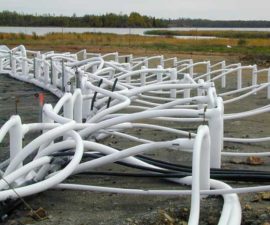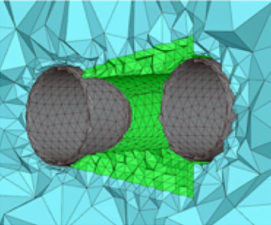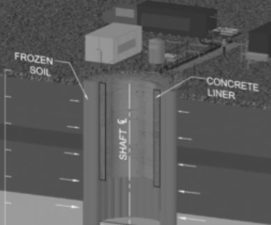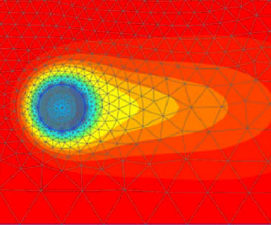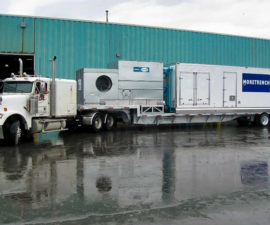This article reviews past mine projects throughout the world where ground freezing was essential for successful shaft sinking and surface drift construction.
Read MoreDesign of ground freezing for cross passages and tunnel adits
Ground freezing has been used extensively in the last ten years for the construction of transit tunnel cross passages and SEM tunnels, as well as short adits for utility tunnels. This paper discusses the design procedures related to frost action.
Read MoreFactor of safety in ground freezing design
Design of frozen earth structures for shafts, tunnels, and cross passages has evolved since the publication of guidelines in 2002 by the Working Committee of the International Sym-posium on Ground Freezing. The finite element model allows more specific analysis of a frozen structure cross section and adjusting strength parameters based on temperature and time-dependent strength reduction.
Read MoreNew Design Method for Frozen Earth Shaft Support
The first documented procedures for designing frozen earth structures are over 50 years old, implemented long before the introduction of the Finite Element Method (FEM). Since that time, the development of three-dimensional models has made the traditional and often over-conservative methods relatively obsolete.
Read MoreThe Use of Liquid Nitrogen Systems Converted to Brine
There has been a trend in recent years in performing the initial formation freezing using liquid nitrogen (LIN) and then converting the system to circulating refrigerated brine. While proponents of this method state it decreases freezing time, it can also be considered an alternative to inadequate refrigeration capacity.
Read MoreDesign of frozen Earth structure for cross passage excavation
Ground freezing offers several advantages over other methods of ground improvement. The design of frozen Earth structure for cross passage excavation is discussed.
Read More